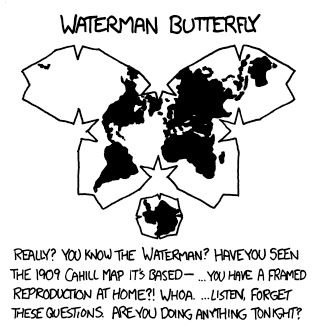Source: https://old.reddit.com/r/MapPorn/comments/1i81kv0/the_balkans_and_anatolia_in_the_year_1444/
Author
My new map of the Balkans and Anatolia in the year 1444 in the size of 13,981x9,752. 🗺️✨
More info on my social media! https://heylink.me/stefan74
In 1444, the Balkans were a region of significant conflict and transformation. The Ottoman Empire, under Sultan Murad II, was expanding its influence, while Christian kingdoms, including Hungary and Poland, sought to resist Ottoman encroachment. This period culminated in the Battle of Varna on November 10, 1444, where Ottoman forces achieved a decisive victory over the Christian army, leading to the further consolidation of Ottoman power in the Balkans. ⚔️🏰 Encyclopedia Britannica
During this time, many parts of the Balkans were under the rule of Venetian, Hungarian, or Orthodox powers. Strategic cities like Belgrade, Skopje, and Sofia emerged as key centers of influence, marking the crossroads of East and West in this turbulent era. 🌍💥 EGO | Europäische Geschichte Online
In Anatolia, the Ottoman Empire had firmly established its control, unifying the region and strengthening its central authority. Sultan Murad II’s reign marked a period of significant consolidation, laying the foundation for future Ottoman expansion into the Balkans and beyond. The empire’s dominance over Anatolia provided the stability and resources needed for its military campaigns, including incursions into Southeast Europe that would dramatically reshape the political landscape of the region. 🏛️💪
The Ottoman control over Anatolia in 1444 was pivotal in enabling the empire to project its influence and power, setting the stage for its future expansion across the Mediterranean and into the heart of Europe. 🌍🚀


Genoa was one of several Italian maritime republics of this period (the best known being Venice). They used their very powerful navies to get rich in the Mediterranean, both because they were able to protect their merchants from piracy and because the larger European powers wanted to be friendly with them to have access to that naval power. Since they relied on sea power, their expansions focussed on grabbing useful ports rather than big swathes of land. They would often make agreements with the larger powers to set up a colony on the coast in their territory, which suited the larger power in question because it meant the republic’s ships would be bringing valuable goods to and from that port.
Theodoro is a bit of a historical oddity — it was the last Gothic state. As in the Germanic people that burned Rome down way back at the fall of the Western Empire, roughly a thousand years before this map.
WhenBefore (see Not_mikey’s reply) they migrated into central and western Europe, some of them went to Ukraine and eventually into Crimea.Crimea remained part of the Eastern Roman Empire up until the Fourth Crusade, in which France and Germany were supposedly going to go capture Jerusalem. The entire Fourth Crusade was a colossal shitshow which resulted in the crusaders partitioning the ERE instead, and the Crimean Goths basically just bounced between whoever happened to be the main power in the region for the next few hundred years. They managed to more or less maintain independence so long as they paid tribute to whoever was in charge that year (first one of the ERE’s successor states, then the Mongols, then a Mongol successor state, then a successor to that) until they were eventually conquered by the Ottomans a few decades after this map.
Weren’t they from Ukraine / Moldova? In which case wouldn’t it mean they stayed and just got pushed into a smaller and smaller corner like the ERE
As I understand it, the Wielbark culture is the earliest one that we are certain was associated with the Goths, and it was based around modern day Poland and Lithuania. There’s some theorising that they came from the Swedish island of Gotland before that. The Roman historian Jordanes said so, but he was writing in the 6th century, so a couple hundred years after Gothic migrations.
However upon checking, it looks like I did slightly misremember that chronology; they mostly moved to the area you describe before the Migration Period, rather than roughly simultaneously with it as I had been thinking. I think I was mentally overestimating the physical separation between the Ostrogoths and Visigoths. I will edit a correction into my comment